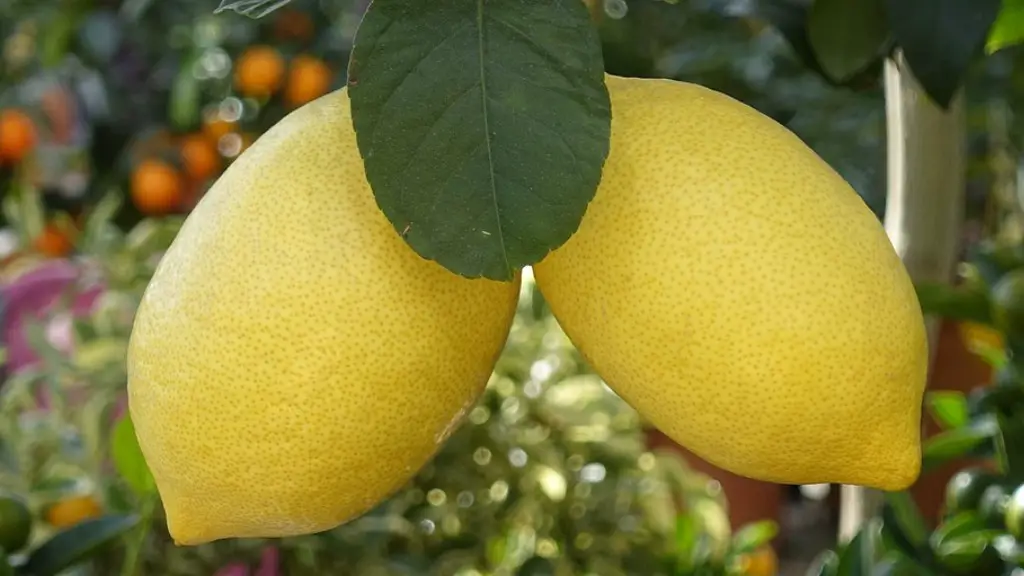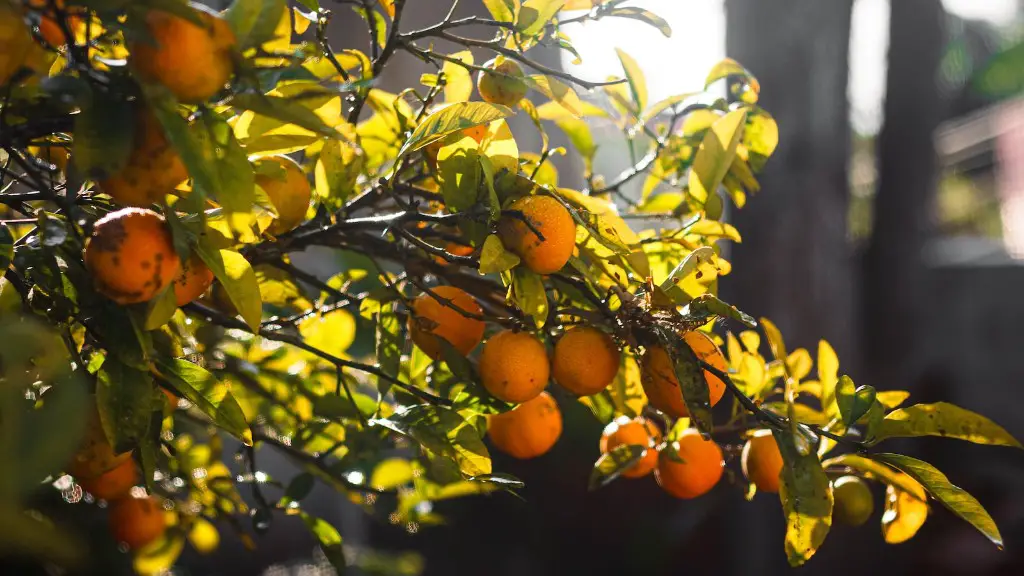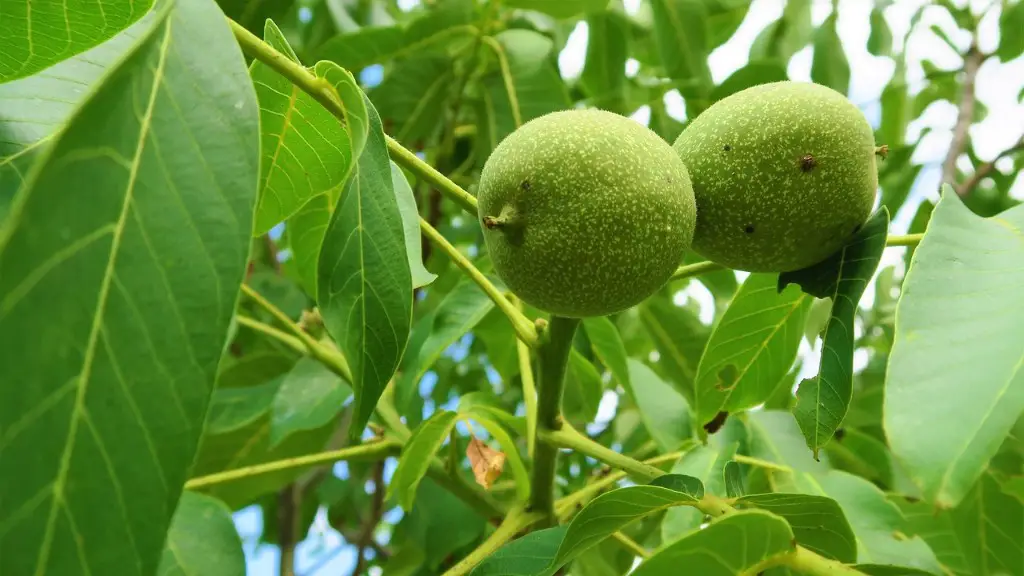Pruning a Meyer lemon tree is a necessary step in achieving a healthy, productive tree. The goal of pruning is not just to remove certain branches and limbs, but to shape and direct the growth process. When done correctly, pruning can significantly improve the look and productivity of your tree. Here are some tips for pruning your Meyer lemon tree:
1) Start pruning during the dormant period. The best time to prune Meyer lemon trees is during the late winter when the tree is in a period of rest. This is when the tree is least likely to be affected by pruning stress, and you can better control the shape of the tree.
2) To thicken the canopy and keep the tree small, don’t prune the center or main trunk as much as the sides. This encourages lateral branching, which adds to the overall shape of the tree and helps it to remain small. This also helps open up air flow and improve fruit production.
3) Cut back some of the older wood. Prune back some of the thicker, older branches to encourage new growth and improve the tree’s overall health. Make the cut just above a lateral branch to encourage a branch to grow in the spot you just created.
4) Thin out crossed branches and any that are growing parallel to one another. This prevents the limbs from rubbing against each other, which can damage them. Also, thin any branches that are growing unevenly.
5) Prune any dead or diseased branches immediately. This will help keep your tree healthy and free of diseases. Make a clear cut just above a node or branch on the main trunk and dispose of the branch properly.
6) To keep your tree healthy and keep it from getting too large, prune off any suckers or shoots that are coming off the main trunk. Do this by making an angled cut just at the base of the sucker.
7) Use clean tools to prune and make sure to sterilize them between cuts. This helps to reduce the risk of spreading any diseases. Sterilize the blades with a bleach solution of one part bleach to nine parts water.
When To Prune
Pruning a Meyer lemon tree properly is paramount to keeping the tree healthy and stimulating new growth. Pruning should be done during the late fall or early spring months, when the tree is in a state of dormancy. Pruning at this time of year helps ensure the tree will be able to recover quickly and not be overly stressed by the pruning process. If you choose to prune at other times, do so sparingly and carefully, as the tree is more prone to injury and stress during other times of the year.
Remove Diseased Branches
When pruning a Meyer lemon tree, it is important to look for signs of disease and remove diseased branches as soon as possible. This will help keep your tree healthy and happy and prevent the spread of diseases. Look for signs of wilting, discoloration or fungal growth, and if you notice any of these symptoms, remove the affected branches. Make sure to sanitize your pruning tools after each use to prevent the spread of disease.
Remove Suckers
When it comes to managing the size and growth of a Meyer lemon tree, it is important to remove any suckers that may be sprouting from the main trunk. Suckers are shoots that grow directly from the main trunk and often take resources away from the primary branches of the tree. They can make your tree top-heavy and can block light and air circulation. To get rid of suckers, simply make an angled cut just above the base of the sucker and pull it off the tree. Make sure to sanitize your pruning shears in between uses.
Fertilize The Tree
Fertilizing a Meyer lemon tree regularly is important for keeping it healthy and productive. Fertilize the tree twice yearly in late spring and again in late summer. Spread the fertilizer around the base of the tree and water it in. This will help to promote healthy new growth and will also help to increase fruit production.
Mulch The Soil
Mulching the soil around a Meyer lemon tree has a variety of benefits. Mulching helps keep the soil moist, helps to insulate the tree’s roots from temperature extremes, and helps to prevent weeds from taking over. Spread a two to three inch layer of organic mulch around the tree, but make sure not to pile it up against the trunk, as this can create an ideal habitat for pests and diseases.



